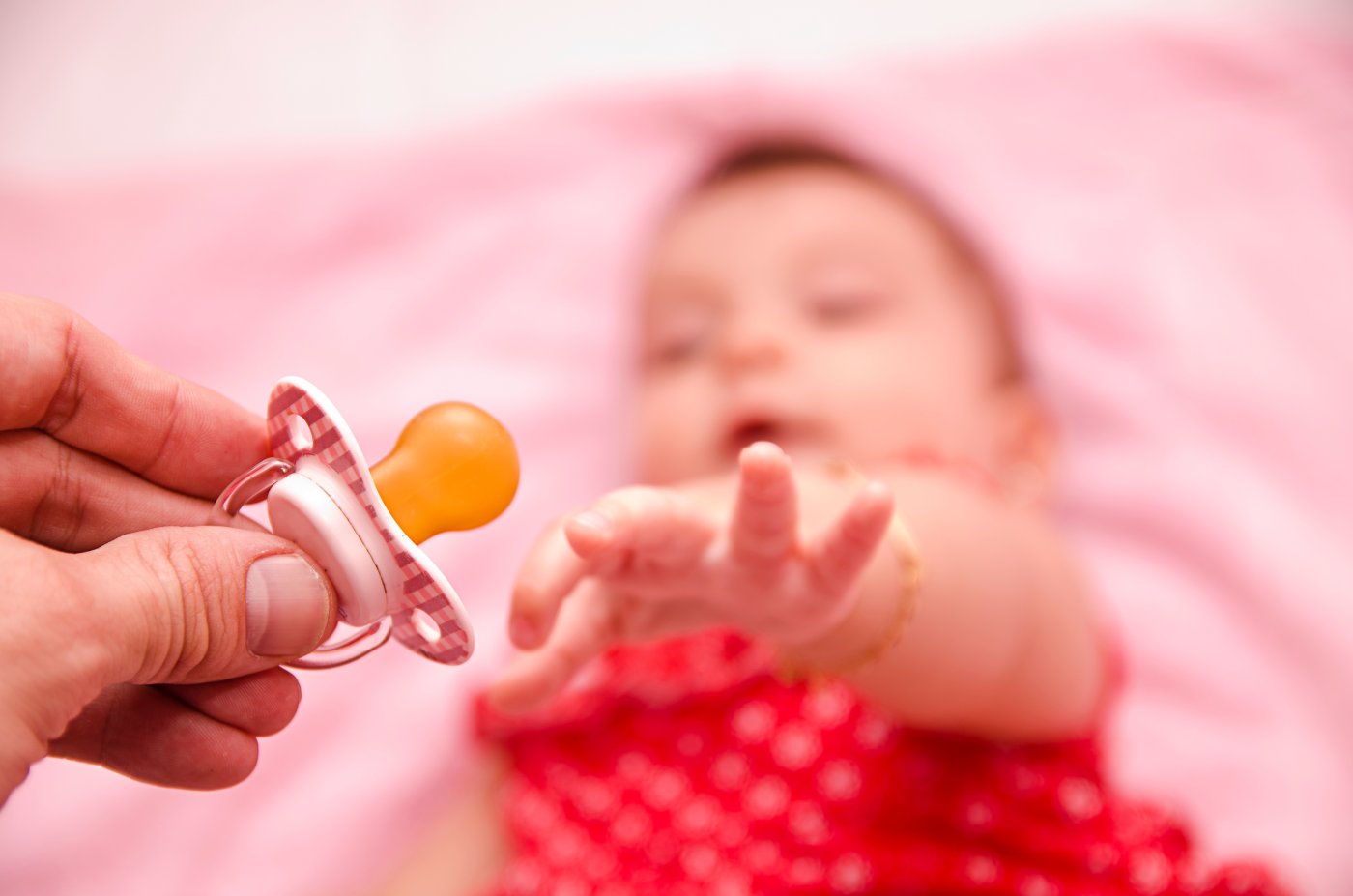Which dummy to choose for baby?
01 January 2024For parents who are looking for a dummy for their baby, it is important to consider the material of the dummy, as this may have an impact on their child's health and the environment.
There are three main types of dummy materials: rubber, silicone and latex. Each of these materials has its advantages and disadvantages, here are some things that may help parents make their choice:
◆ Rubber: this is the most commonly used material for dummies, as it is soft and strong. However, it can be a source of allergies and may contain chemicals that can be harmful to the child's health. In addition, rubber is not biodegradable, which means that it can take years to decompose in nature.
◆ Silicone: this is an increasingly popular material for dummies, as it is hypoallergenic and does not contain chemicals. In addition, silicone is very durable and can be used for many years. However, it can be a little stiffer than rubber and some people may find it less comfortable.
◆ Latex: this is a soft, natural material, but it can cause allergies in some people and can deteriorate more quickly than silicone or rubber. In addition, the production of latex can be harmful to the environment, as it requires the use of pesticides.
In the case of baby bottle nipples, the same choice is possible. It will then be wise, where possible, to match the same material chosen for all baby's teats.
In summary, each material has its own advantages and disadvantages, and it is up to parents to make the choice that best suits their child and their environmental values. If parents are concerned about allergies or chemicals, silicone may be a good option. If the environment is a major concern, they can opt for a silicone or biodegradable rubber teat.
In any case, it is important to choose a quality teat and replace it regularly to ensure the child's safety and comfort.
MyNursery 2022



